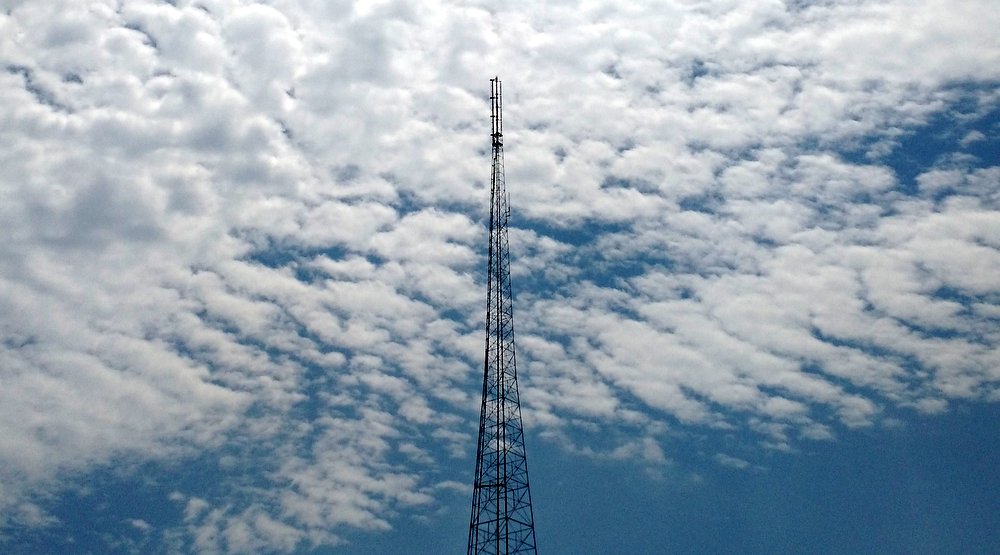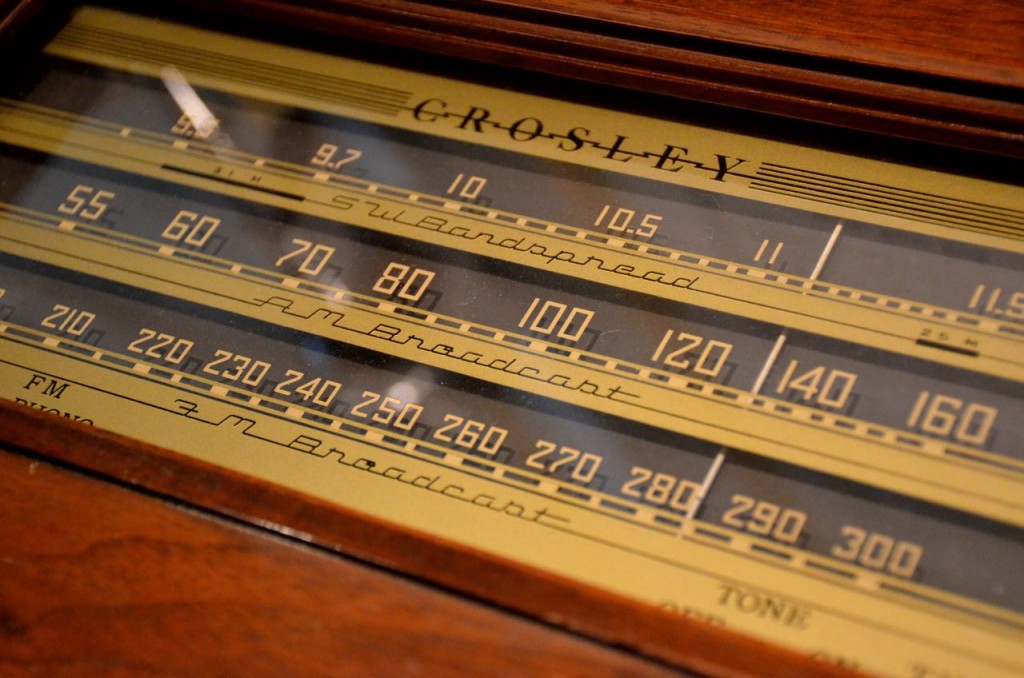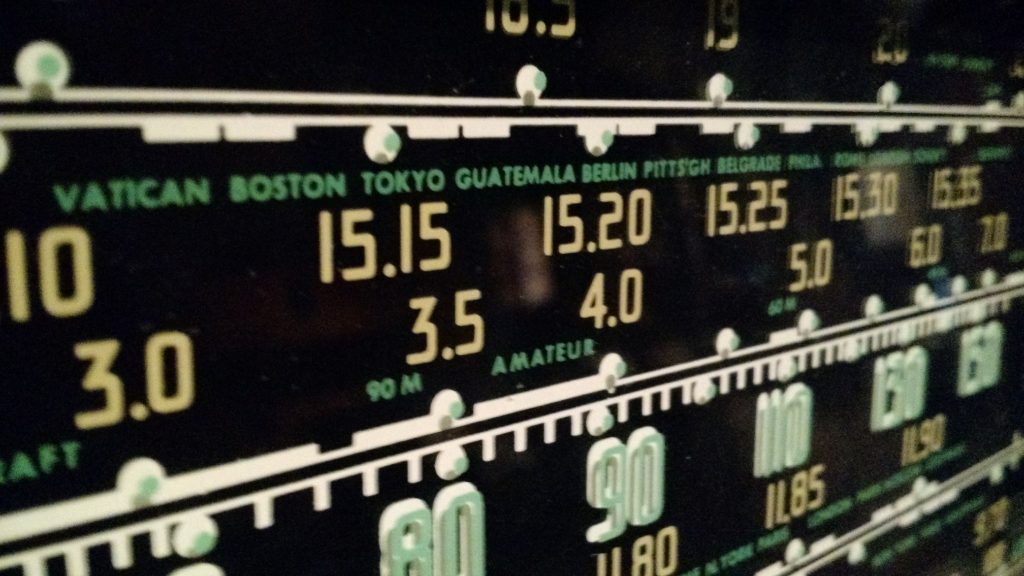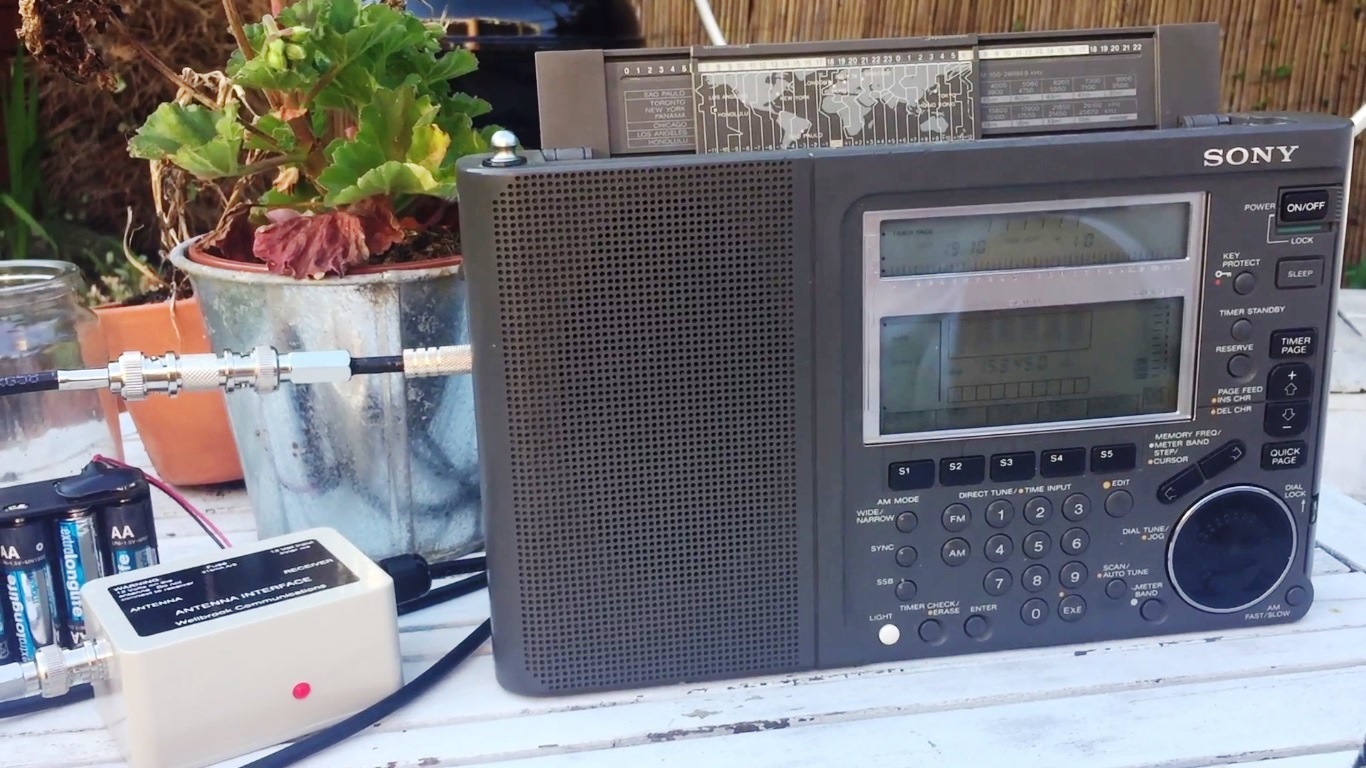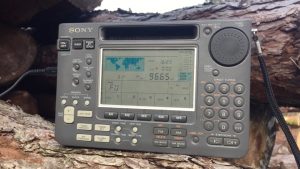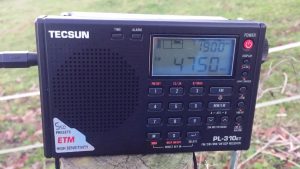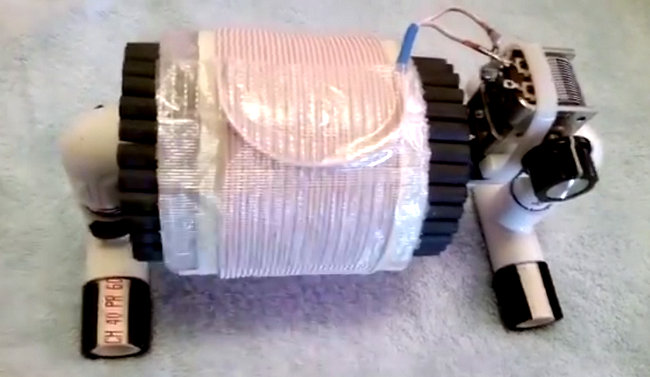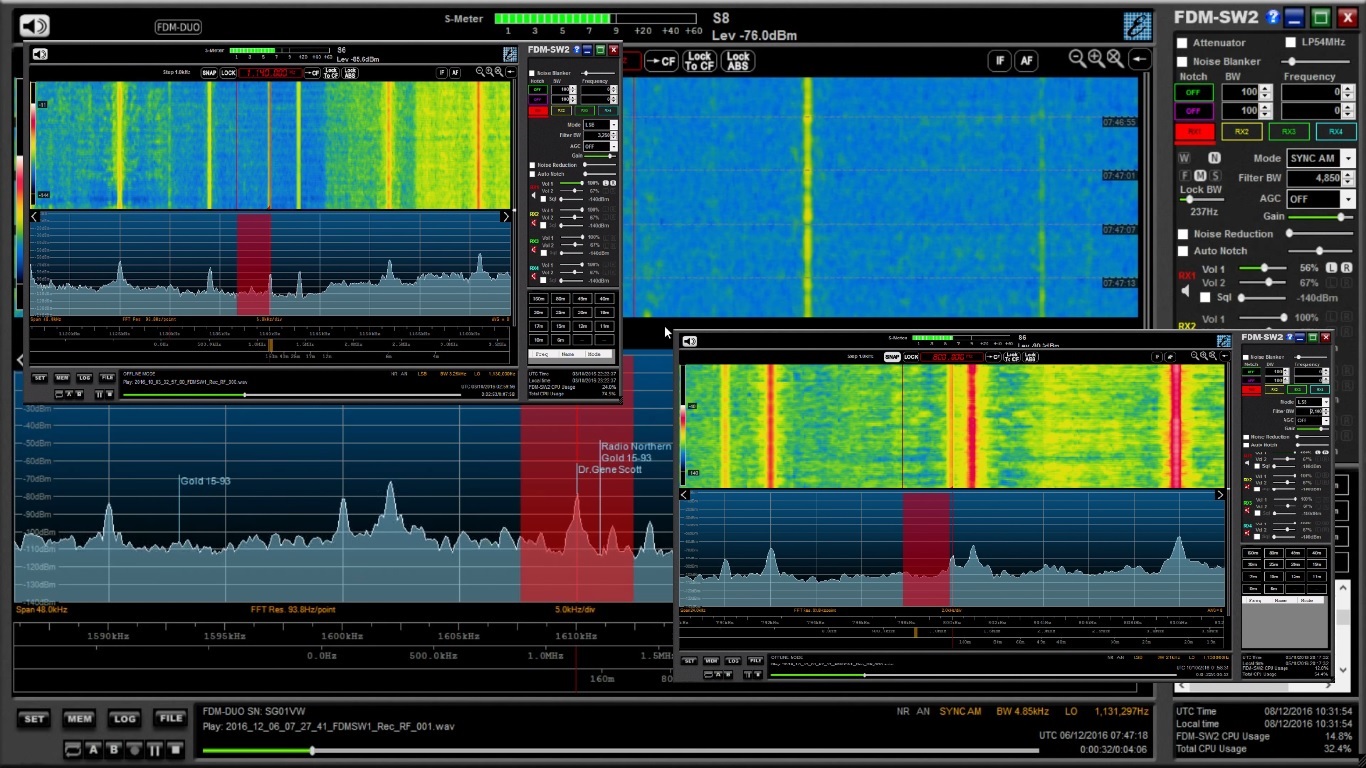 Many thanks to SWLing Post contributor, Chris Kadlec, who shares the following announcement about his Seoul AM Radio Listening Guide:
Many thanks to SWLing Post contributor, Chris Kadlec, who shares the following announcement about his Seoul AM Radio Listening Guide:
After a long 14 months of work, I’m happy to present the completed Seoul AM Radio Listening Guide, a three-hour documentary broadcast exploring the Seoul AM band one frequency at a time, plus a look at the radio war on the Korean peninsula accompanied by a 115-page guide.
http://www.beaglebass.com/dx/seoul/
In addition to radio broadcasts from across East Asia, the broadcast includes Korean noise jammers and AM, FM, shortwave, and television propaganda broadcasts from both the north and the south, additionally outlined in a 25-page broadcast transcript and 115-page informational guide. It also includes:
* A comprehensive list of 260 East Asian AM stations, including station names, tower locations, distance and direction from Seoul, parallel FM frequencies, broadcast hours, and station website links.
* A full bandscan of 235 regular nightly skywave signals as heard after the sun sets over Seoul.
* Daytime groundwave bandscans taken from eleven different locations in the Seoul metro area, along the North Korean border, beside the sea, and in Korea’s mountainous interior with background information about each location.
* A guide showing stations organized by their network affiliations in addition to privately-owned stations and networks. Alternatively, stations are also shown organized by country, region, and city.
* A chart showing signal strength for each bandscan – day and night – in bar graph format.
* A full colour-coded regional station map covering both skywave and groundwave signals.
* A view of some of Korea’s signal jammers as seen on an SDR (software-defined radio).
* Plus, a complete transcript of the three-hour audio broadcast with additional information on the featured audio clips as well as the songs featured in those clips.
– Chris Kadlec
Brilliant, Chris! I can only imagine the amount of time and effort you’ve put into this guide. Thank you!

